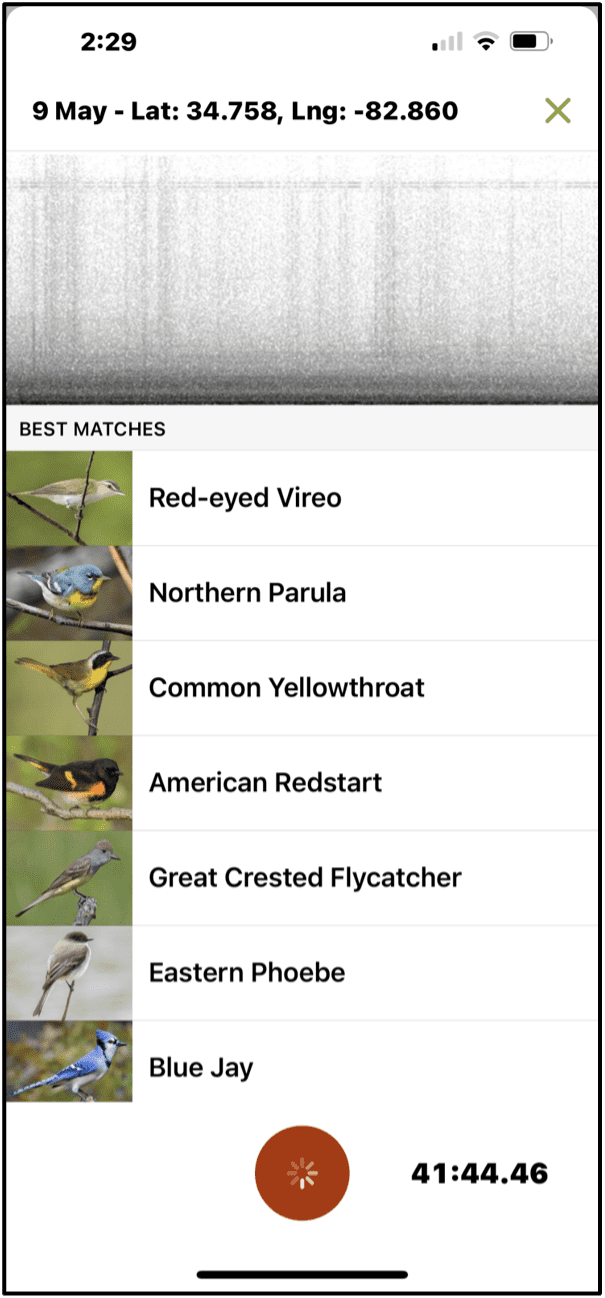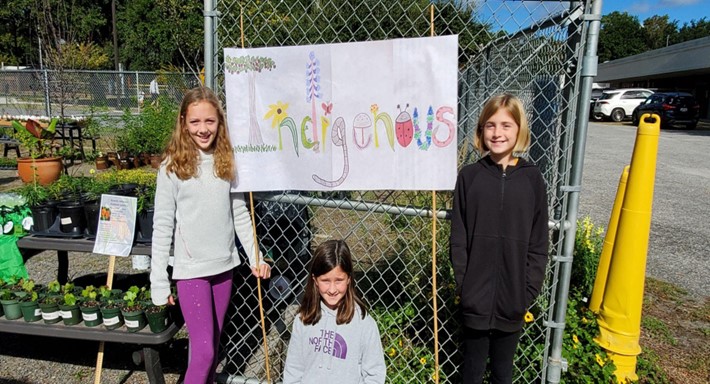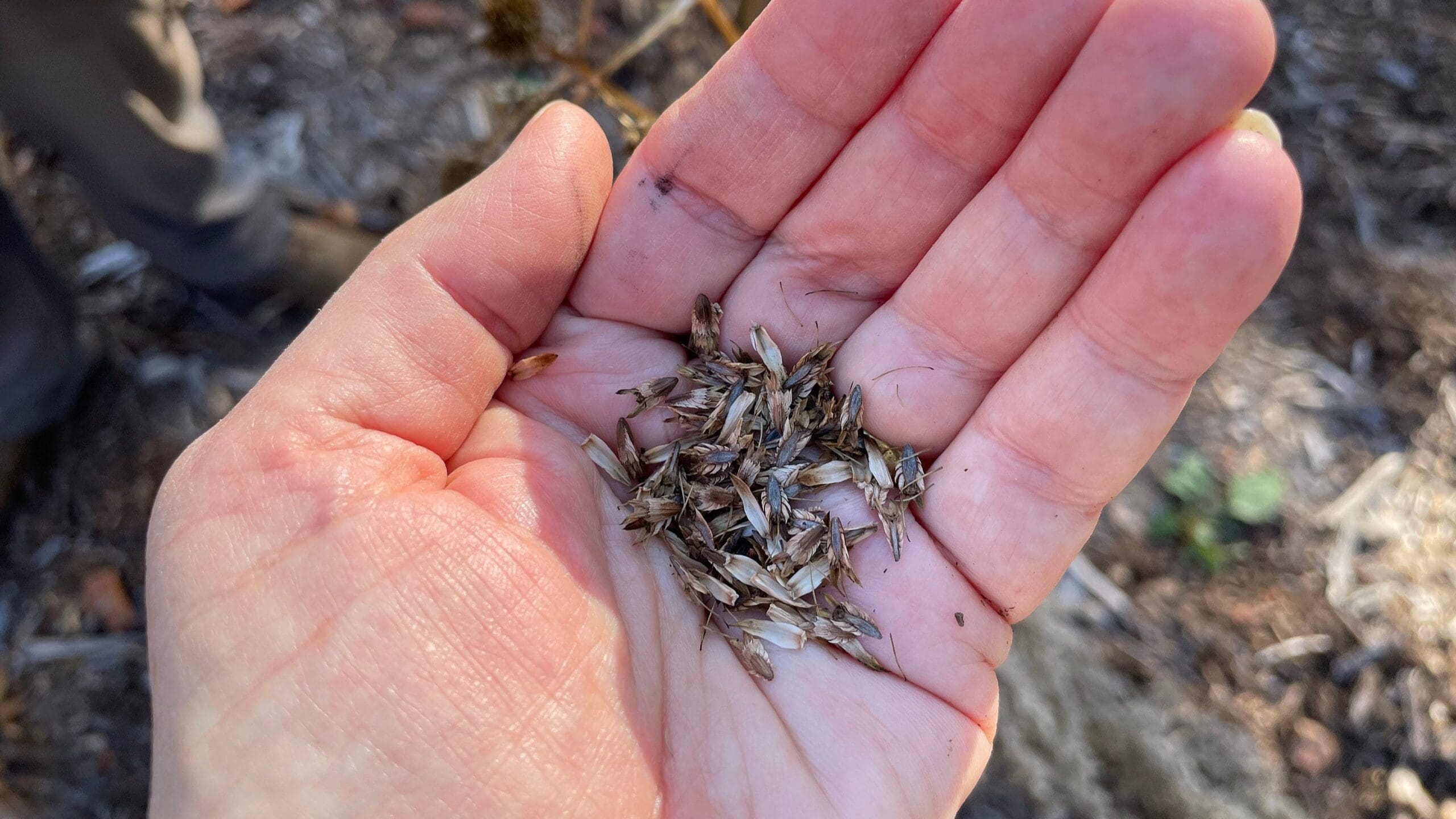 Home Front/Native Plant Toolbox: I Love My Merlin Bird App!
Home Front/Native Plant Toolbox: I Love My Merlin Bird App!
By Bill Stringer
Books such as Doug Tallamy’s Nature’s Best Hope and Bringing Nature Home have given the native plant movement a huge boost in popularity. In his books and on his website (homegrownnationalpark.org), Tallamy describes the interaction between native plant species, native insects, and songbirds. The 25-cent takeaway from Tallamy’s work is that planting native plants and protecting native plant communities attracts native butterflies, moths, and other insects; enhances native insect reproduction; increases insect larval biomass; and thus provides songbirds insect larvae to feed their nestlings. Ah, the cycle of life!
I have recently been giving presentations entitled “Native Plants, Bugs, and Birds” to Garden Clubs around the State, drawing attention to Tallamy’s work and to historical data that show the importance of the Southeastern states to maintaining populations of numerous songbirds, particularly migratory species.
Yet, like many of us, my list of commonly seen songbirds is limited to the cardinals, blue jays, bluebirds, mockingbirds, sparrows, and finches that gather around my bird feeders or pull earthworms out of my lawn.
Recently, I was introduced to the Merlin Bird ID app from the Cornell Ornithology Lab. The app has been around for a while, but over the years it has become a powerful tool for songbird identification. Using the microphone on your smart phone, Merlin compares recorded bird songs with a huge database of sonograms on file at the Cornell Ornithological Lab, and almost instantly IDs the bird singing in your backyard.
 Out of curiosity, I started placing my cell phone on the back porch just after dawn with Merlin running. I am fortunate to live on the borderline between Liberty city and rural Pickens County. I have an open grass field, a small stream riparian zone, a shrubby area, and an oak-hickory-pine forest within 100 yards of my back porch, and regular readers already know about the two small tall-grass prairies in my yard. I expected Merlin might ID a few birds I didn’t know I had, but I’ve been shocked (very pleasantly!) to find as many as 20 to 25 songbirds species in a 20-minute period, many of which I am familiar only from photos on birding websites. It has been exciting to find that various tanagers, vireos, nuthatches, thrushes, warblers, grosbeaks, gnatcatchers, flycatchers, etc., are all singing within hearing range of my cell phone mic.
Out of curiosity, I started placing my cell phone on the back porch just after dawn with Merlin running. I am fortunate to live on the borderline between Liberty city and rural Pickens County. I have an open grass field, a small stream riparian zone, a shrubby area, and an oak-hickory-pine forest within 100 yards of my back porch, and regular readers already know about the two small tall-grass prairies in my yard. I expected Merlin might ID a few birds I didn’t know I had, but I’ve been shocked (very pleasantly!) to find as many as 20 to 25 songbirds species in a 20-minute period, many of which I am familiar only from photos on birding websites. It has been exciting to find that various tanagers, vireos, nuthatches, thrushes, warblers, grosbeaks, gnatcatchers, flycatchers, etc., are all singing within hearing range of my cell phone mic.
The Merlin app is one of a suite of apps/projects being worked on by the folks at Cornell. They also produce the eBird app (an online collaborative life list which allows scientists to track migration patterns and more), and sponsor the annual Great Backyard Bird Count, Project FeederWatch, and much, much more.
There are of course other apps out there that help to identify birds and other wildlife in your yard (and we’d love to hear about some of your favorites), but Merlin is free, fun, and easy to use. So, if you haven’t already, get your keyster in gear, download the Merlin app to your phone, and discover what songbirds are lurking in or near your yard!




